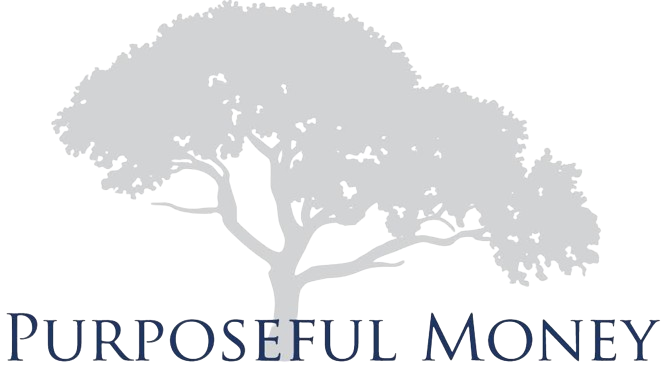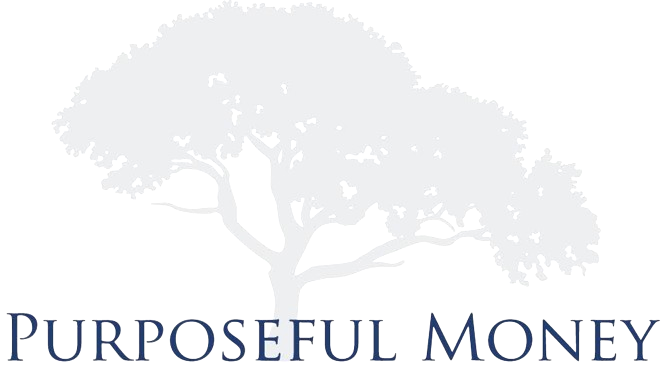Blog
Prepare for Potential Tax Changes in 2026
As the Tax Cuts and Jobs Act expires in 2026, significant tax law changes are on the horizon. Tax rates, deductions, and credits are expected to shift, affecting your bottom line. Key aspects such as the return of the alternative minimum tax, changes to state and local tax (SALT) deductions, and the expiration of the 20% pass-through deduction are worth noting. To minimize your future tax liability, it's essential to plan now. Consider consulting a tax professional to navigate these changes effectively and stay ahead of potential tax increases.
Leverage New Tech Tools
In 2025, explore the latest financial technology to streamline your financial management. Tools like budgeting apps and AI-powered investment platforms offer personalized financial advice, helping you stay organized and achieve your financial goals efficiently. Experiment with different tools to find the best fit for your needs. Leveraging technology can assist you in tracking expenses, managing budget, and simplifying your overall financial strategy.
Take Note of the 401(k) Automatic Enrollment Under SECURE 2.0
The SECURE 2.0 Act mandates automatic enrollment in 401(k) and 403(b) retirement plans beginning in 2025, with exceptions for small businesses. This measure boosts participation, benefiting both employees and employers. Automatic enrollment is a powerful tool for building long-term retirement savings. Stay enrolled unless there's a compelling reason to opt-out and watch your retirement savings grow over time.
Plan for Higher Retirement Account Catch-Up Contributions
Individuals aged 60 to 63 can take advantage of increased catch-up contribution limits in retirement accounts under SECURE 2.0. The new limit allows for contributions of up to $10,000 or 50% more than the regular catch-up amount. Use these higher limits to fortify your retirement funds during this critical pre-retirement phase. Incorporate this into your financial planning to ensure robust retirement security.
Enhance Your Health Savings
With rising healthcare costs, a Health Savings Account (HSA) could be your financial lifeline. In 2025, the annual HSA contribution limits have increased to $4,300 for individuals and $8,550 for families. HSAs offer triple tax advantages—tax-free contributions, growth, and withdrawals for qualified medical expenses. Maximize your contributions to cover future healthcare costs and capitalizing on these tax benefits.


